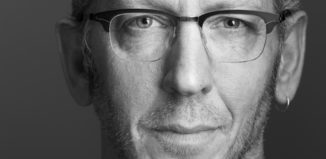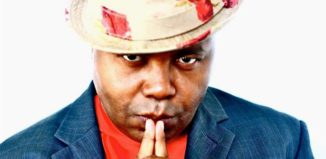“Every time I would go out with my friends and we were on the dance floor having a good time, they would be like, let’s go outside and have a cigarette. I’d be like that’s not me, but I’ll go outside with you guys. And then when I’d go outside I’d see them all smoking and I’d end up doing it myself.” This statement, from a West Hollywood man who identified himself only as “Pej”, in a Southern California Public Radio story, seems to echo the sentiments of many regarding the epidemic of smoking in the LGBT community. According to the Centers for Disease Control, nearly 31 percent of the LGBT community are smokers compared to just 20 percent of heterosexuals. While that number may not seem staggering, it is a 68 percent leap between the two groups.
Why do gays and lesbians smoke at substantially higher rates than their heterosexual counterparts? The data points to a variety of factors that have contributed to the alarming rise and the widening gap. First, there are aggressive marketing campaigns with several tobacco companies who frequently sponsor LGBT events. Tobacco giants such as Lucky Strike and Marlboro often advertise in gay magazines and even post ads featuring gay or lesbian models in heterosexual publications. The apathetic attitude within the LGBT community towards smoking fosters an environment that proves successful for these companies. This dispassionate attitude leads to the second obstacle facing those who are trying to stop this rising trend.
Most within the LGBT community simply do not see smoking as a top priority issue. Gay marriage rights, HIV/AIDS, suicide and violence against gays and lesbians are among the issues within the community that are often spotlighted and have a large presence in social media and on the news. Smoking, however, has now surpassed HIV/AIDS as the larger health threat, according to the CDC. Those with HIV/AIDS smoke at even higher rates than their non-infected peers, with the number close to 40%. The substantial number could be due to the feeling of hopelessness attributed to being HIV/AIDS positive and potentially even a sense of recklessness. Failure to address and spotlight the needs of this demographic has contributed to the sharp increase among those infected.
Stress is another reason more gays and lesbians smoke.“I think I started smoking because of stress. At the time, it was because of grades, family, but also a lot because of my sexuality.” Matt Galang, a 20-year-old from West Hollywood who also spoke to Southern California Public radio, is among the growing number of gay men who smoke because of the stigma attached to being out. Some may even think smoking is a part of the coming out process. In the same Southern California Public Radio story, Susan Cochran, a professor and psychologist at UCLA stated the increased pressure and stress associated with being out can lead people to smoking. Depression from isolation, domestic violence, separation from family and discrimination are problems facing people throughout the LGBT community and thus, leads to an increase in the likelihood that adults will take to smoking to cope.
All of the above mentioned issues trouble a large chunk of the LGBT population and lead to several unhealthy personal/social habits including smoking. The numbers are rising, but there are growing efforts to bring those numbers down. In Austin, TX, the smoking ban may have helped to quell some of the trends towards smoking, but certain factors contribute to the rise of smoking in the LGBT community. Hopefully, through more public and community awareness, this silent but deadly epidemic can be quieted.
Do you currently smoke and if so, what are your reasons for continuing? Do you smoke socially and do you find it more acceptable within the LGBT community? Also, what are your thoughts on how more awareness can be brought to this growing problem? We would like to hear from you! Contact us today!




































